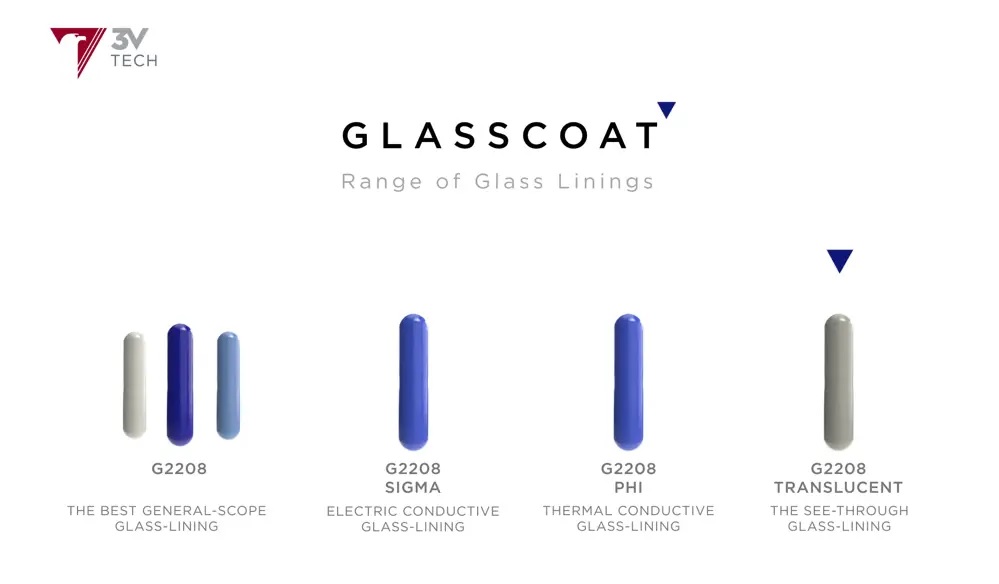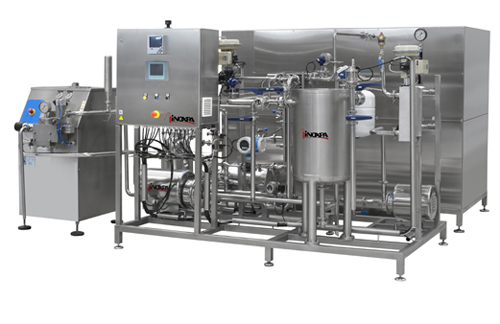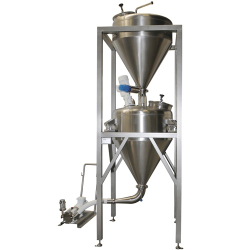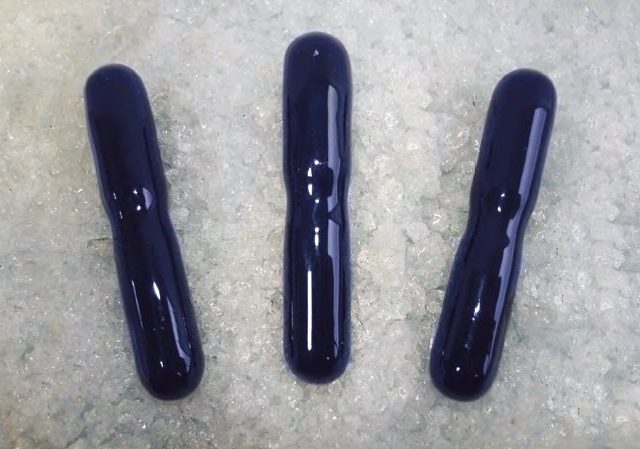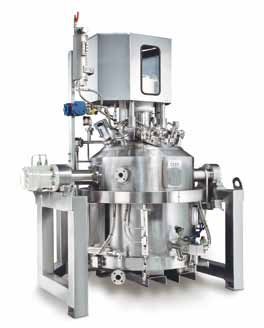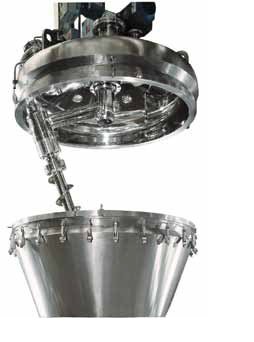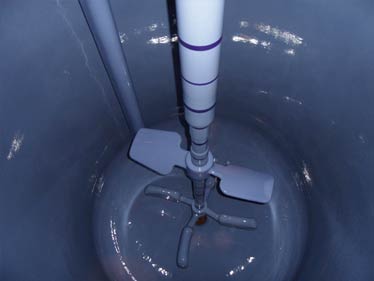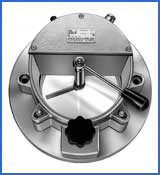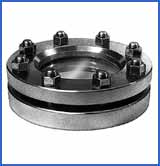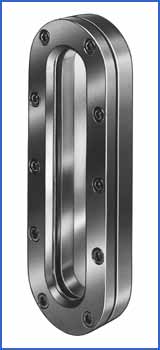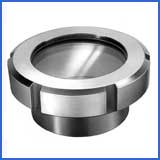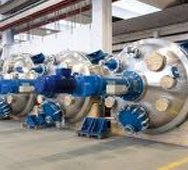Glass Lined Reactor
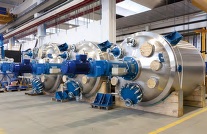
How does a glass lined reactor work?
A reactor works by allowing the chemicals into a contained space and agitating them via the centrally mounted agitator. The vessel will typically have baffles included to ensure the sufficient level of turbulence inside to mix / blend the chemicals and enable the reactor. Normal chemical reactions take place given the correct catalysts present, the chemicals and pressure / temperature conditions and contact time. The end product could be crystalline or liquid.
What are the different “types” of glass lined reactors?
There are 3 general reactor styles under DIN in line with the increasing volume per reactor. AE / BE / CE style reactors have differing volume capacities and the top head section can be fixed or removable.
AE style reactors datasheet- DIN 28136 Reactor type AE
BE style reactors datasheet- DIN 28136 Reactor type BE
CE style reactors datasheet- DIN 28136 Reactor type CE
What are the components of a Glass lined reactor?
Glass Lined Reactors consist of a main body, top section with connecting nozzles & man way, baffles, dip pipes, agitator with mechanical seal, tank outlet valve and jacket for thermal transfer. Smaller components such as bursting discs and sight glasses are also used frequently for pressure relief and visibility.
What are the applications and uses of Glass lined reactors?
The primary use is chemical mixing and the variants are the pressure, temperature, gases used (hydrogenation / chlorination) and catalysts. Glass lined reactors are able to be cleaned to a high standard which prevents batch carry over.
What is a glass lining?
A glass lining is the application of a layer of glass via powder coating that is then heated in a furnace which then bonds to the metal of the vessel. The thickness and glass type & colour can vary but a general guide is 2mm thickness for most duties.
What are the different types of glass qualities used?
The properties of the glass will allow for a few differing performances in the vessel. The type of glass can influence conductivity, thermal transfer and shock as well as a range of pH duties covering acidic / basic conditions. The glass can also have differing colour properties from transparent to white and light / dark blue as examples
Which glass thickness is used for glass lined reactors?
A guide thickness is 2mm which allows for the corrosion of via chemical reactions in the vessel.
What are the advantages of glass lined reactors vs stainless steel reactors?
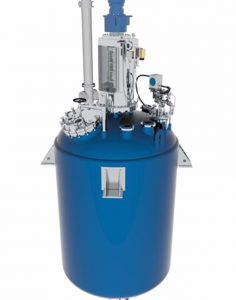
What is the Spark Test in a glass lined reactor?
This is a destructive maintenance test that shows any condition of the glass and path to the vessel wall as a leak path. An annual test is recommended but this is dependent on the use of the vessel.
How do you inspect glass lined vessels?
In the main there are spark tests and related conductive tests. Also there is vessel entry visual inspection. Flexachem offer to test the vessels and reglass the vessel – generally speaking we can offer to re-glass most, if not all, major brands on the market today. The typical turnaround cost is 12-14 weeks from arrival at the factory.
How can Flexachem help you?
Flexachem are partners with a leading manufacturer 3V Glasscoat, based in Italy. They are our partners for 5 years with many successful installations in the Irish pharmaceutical sector. 3V Glasscoat are part of the 3V Tech company who also manufacture filter dryers (3V Cogeim) and Evaporators (3V Mabo ).
If you have a specific requirement around glass lined equipment, please contact one of our product specialists to discuss your application.
Contact our Process Equipment Team:
Michael Bradley (External) – Mob: 086 047 6178
Internal Team
Ken Killoughy – Tel: 021 461 7210
Ross O’Donovan – Tel: 021 461 7230
Vicki McGrath – Tel: 021 461 7207
Tel: 021 461 7200
Products
-
Inoxpa Dairy Manufacturing Miniplant
View Product -
Inoxpa Sauce Production Skid
View Product -
Glass Lining G2208
View Product -
Nutsche Pressure Filtration
View Product -
Vacuum Drying
View Product -
3v Glass Types
View Product -
Chemlux Light fittings for Safe Areas KL/PL
View Product -
Hinged S/G Series KSG Hinged Illuminated S/G Series KSGB
View Product -
Circular Sightglass Fittings To DIN 28120 Or Similar
View Product -
Circular Sightglass Fittings To DIN 28121 Or Similar
View Product -
Rectangular & “D” Ended, Elongated Sightglass, Series RSG & LSG
View Product -
Screwed Dairy Sightglass Fittings Similar To DIN 11851, SSA
View Product

